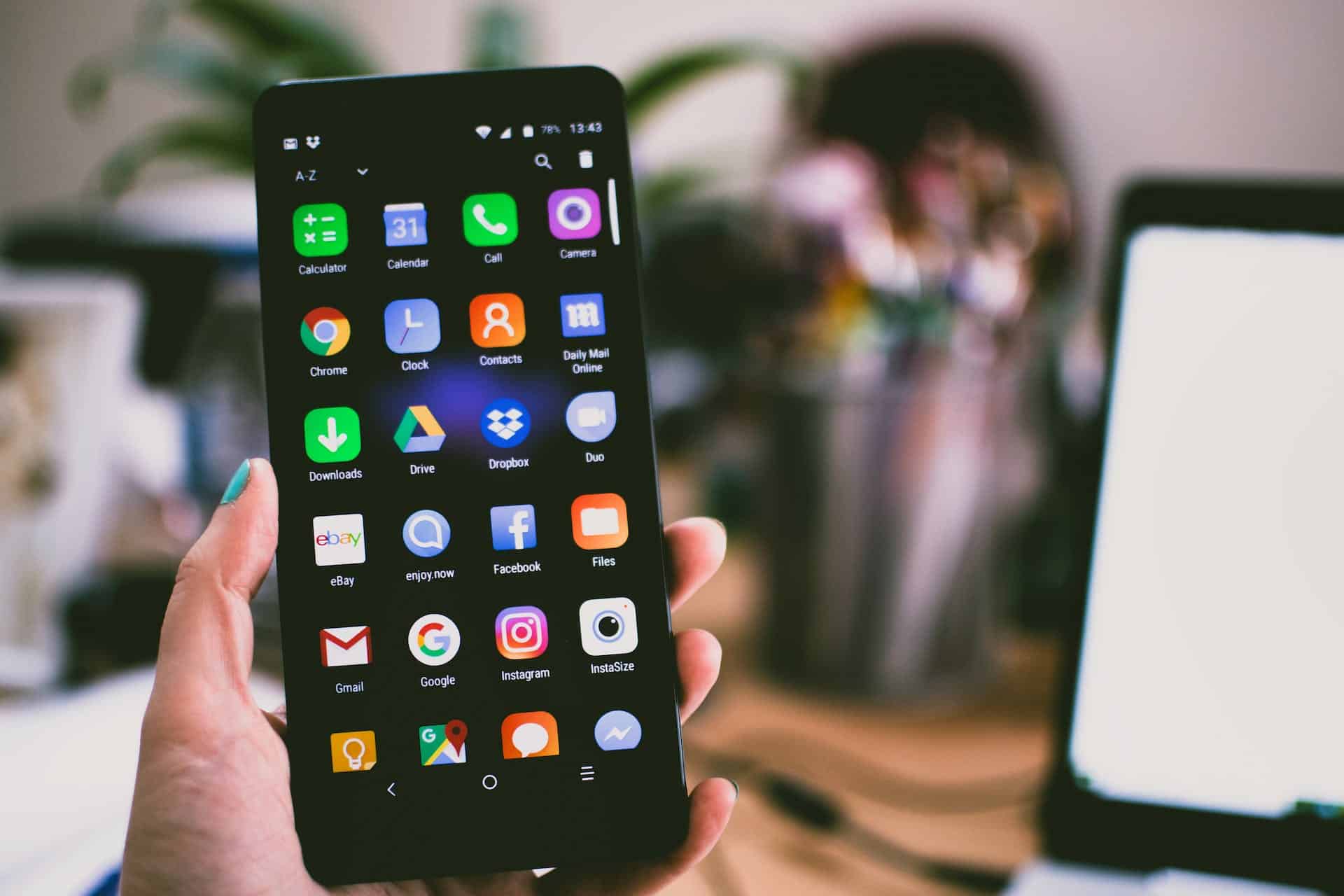Smartphones have become an integral part of our lives. We use them for work, communication, entertainment, and much more. Given their importance, it’s only natural for us to want them to last as long as possible. But how can the lifespan of these devices be extended? What are the key innovations that could enhance their durability and prolong their use? Let’s dive in and find out.
Advanced Materials for Screen Protection
One of the most common issues you encounter with smartphones is screen damage. From minor scratches to major cracks, even the tiniest flaw on your screen can hinder your smartphone experience. This is where innovations in screen protection materials come into play.
Topic to read : How Are Digital Health Platforms Transforming Patient Care Coordination?
Corning’s Gorilla Glass, for instance, has been a significant player in the industry for years. Their newest incarnation, Gorilla Glass Victus, claims to be twice as scratch-resistant as its predecessor, and can potentially survive drops from up to two meters. But, Corning isn’t the only player in this space. Sapphire crystal is another material that’s getting attention for its scratch and damage resistance. These innovations not only enhance your phone’s durability, but also help prolong its lifespan by preventing early screen damage.
Additionally, companies are exploring the use of self-healing materials. These materials have the capacity to repair minor scratches and abrasions by themselves, making your phone’s screen look as good as new for a longer period.
Also to discover : What Are the Challenges in Developing Sustainable E-Waste Recycling Processes?
Better Battery Technology
The battery life of a smartphone is another critical factor that determines its lifespan. Over time, the battery’s capacity to hold charge diminishes, which can be a significant inconvenience.
The lithium-ion batteries that we currently use are known for their diminishing lifespan. However, several innovative solutions are being developed to address this. For instance, graphene-based batteries could potentially offer faster charging times, greater capacities, and longer lifespans.
Moreover, firms such as Qualcomm are working on fast charging technologies like Quick Charge 5, which promises to charge your phone to 50% in just five minutes. While this doesn’t directly increase the lifespan of your battery, it does make the charging process a lot less inconvenient.
Solutions like better battery management software are also part of the equation. They optimize the phone’s power use, ensuring the battery doesn’t drain unnecessarily.
Water and Dust Resistance
Have you ever accidentally dropped your phone in water or exposed it to dust and then spent the next few hours anxiously hoping it would survive? You’re not alone. Water and dust damage are common issues with smartphones.
Fortunately, manufacturers have recognized this problem and are incorporating water and dust resistance features into their devices. The Ingress Protection (IP) rating system is used to define the level of sealing effectiveness of electrical enclosures against intrusion from foreign bodies and liquids. For instance, iPhone 11 Pro and Samsung Galaxy Note 10 have an IP68 rating, which means they are resistant to water up to 1.5 meters deep for up to 30 minutes. These features significantly enhance the durability and lifespan of your smartphone by protecting against common everyday hazards.
Rugged Design and Build
While the sleek and slim design of smartphones is aesthetically pleasing, it often compromises on durability. This is why some manufacturers are exploring the idea of rugged smartphones, designed to withstand a lot more physical strain than your average smartphone.
For instance, the CAT S61 and Sonim XP8 are phones designed with a robust, rugged exterior that can withstand drops, shocks, vibrations, and extreme temperatures. While these might not win any beauty contests, they do promise a significantly longer lifespan.
Software Optimizations
Apart from the physical aspects, software also plays a critical role in determining the lifespan of your smartphone. Manufacturers often provide software updates to keep your device running smoothly and prolong its lifespan.
However, not all updates are created equal. Some updates can slow down older devices or cause compatibility issues. Therefore, a key innovation in this area is the development of better, more efficient software updates that can extend your device’s lifespan without causing performance issues.
In conclusion, the quest to enhance the durability and lifespan of smartphones is leading to numerous innovations in the field. Advancements in screen protection materials, battery technology, water and dust resistance features, rugged design and build, and software optimizations are all contributing to this goal. While we may not have achieved the perfect smartphone yet, these innovations bring us one step closer to that reality.
Eco-Friendly Disposal and Recycling
Apart from the lifespan and durability of the smartphone, one cannot overlook the environmental impact the disposal of these devices has. With the technology industry constantly evolving, we often find ourselves wanting to upgrade to the latest model, leading to a surge in electronic waste.
Smartphone manufacturers are becoming increasingly aware of this issue and are therefore employing innovative methods to address it. For instance, Apple has designed a robot named Liam, which can disassemble iPhones, segregating each component for recycling. This reduces electronic waste and allows for the efficient reuse of materials.
Another notable innovation in this field is the development of eco-friendly smartphones, such as the Fairphone 3. This phone is designed to be easily repairable, with replaceable components. It is also made from responsibly-sourced, conflict-free materials.
Efforts are also being made to encourage consumers to recycle their old devices. Companies offer trade-in options where you can exchange your old phone for a discount on a new one. The old phones are then refurbished or recycled.
In essence, innovations in eco-friendly disposal and recycling contribute towards extending the lifespan of smartphones by promoting the reuse of materials and reducing electronic waste.
Customizable and Modular Smartphones
Another avenue that could potentially extend the lifespan of smartphones is the concept of customizable and modular phones. Instead of buying a whole new device every few years, why not just upgrade the parts that need upgrading?
Google’s Project Ara aimed to create a phone with interchangeable modules, allowing users to customize their device according to their needs. Although the project was ultimately shelved, it fostered a new wave of interest in modular smartphones.
The Fairphone, for instance, takes cues from this concept by allowing users to easily replace components like the battery, camera, and speakers. This not only makes repairs more straightforward, but also means that users can upgrade specific parts of their phone as technology advances, without having to replace the entire device.
Clearly, modular smartphones represent a significant shift in the way we think about smartphone lifespans, moving away from the current throwaway culture towards a more sustainable, long-term approach.
Conclusion
In conclusion, the smartphone industry is buzzing with innovations aimed at prolonging the lifespan and enhancing the durability of these devices. From advancements in screen protection materials and battery technology, to water and dust resistance features, rugged design, software optimizations, eco-friendly disposal, and modular designs, every aspect is being rethought and redesigned.
While the journey towards the ‘perfect’ smartphone is ongoing, these advancements mark significant strides in the right direction. They not only promise to make our devices last longer, but also aim to reduce the environmental impact of smartphone production and disposal.
Continuing to invest in and prioritize these innovations will undoubtedly lead to smartphones that are not only more durable and longer-lasting, but also more sustainable and environmentally friendly.











